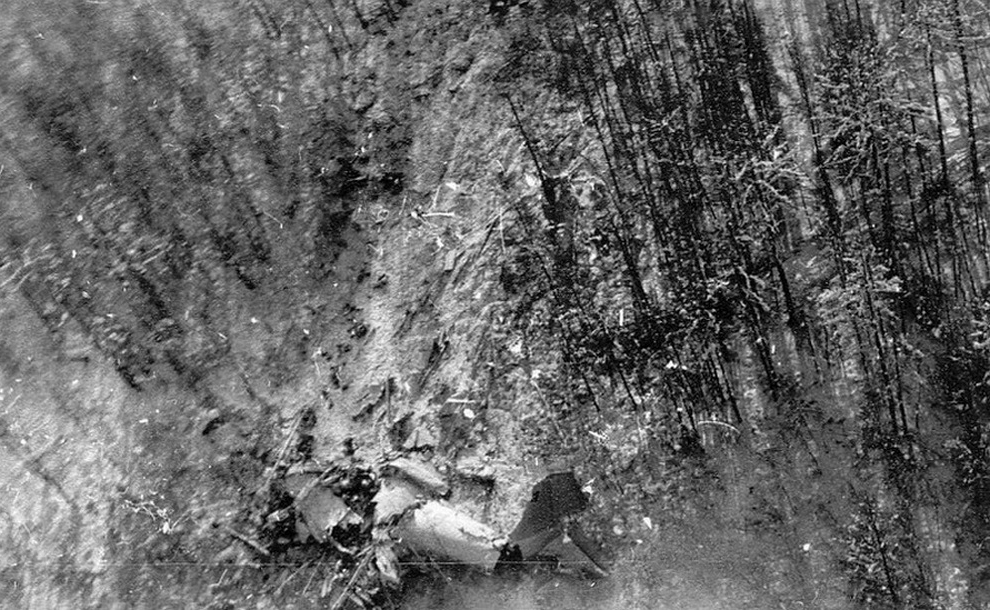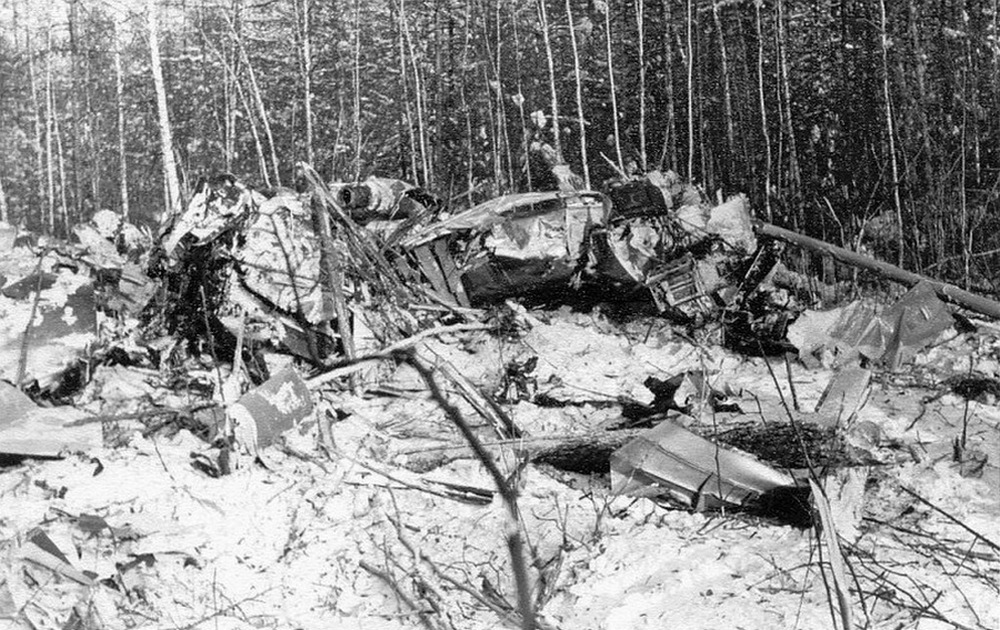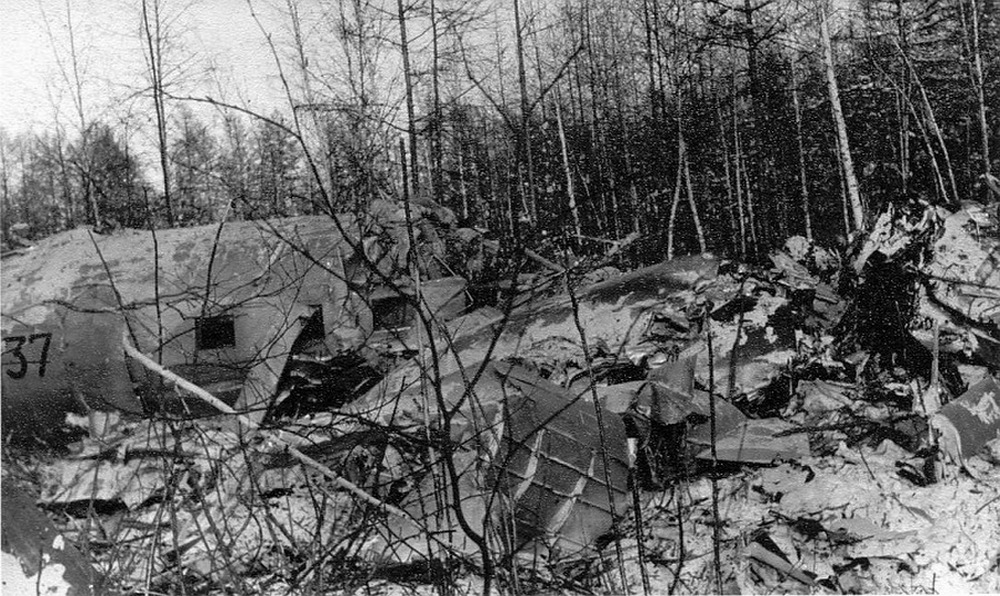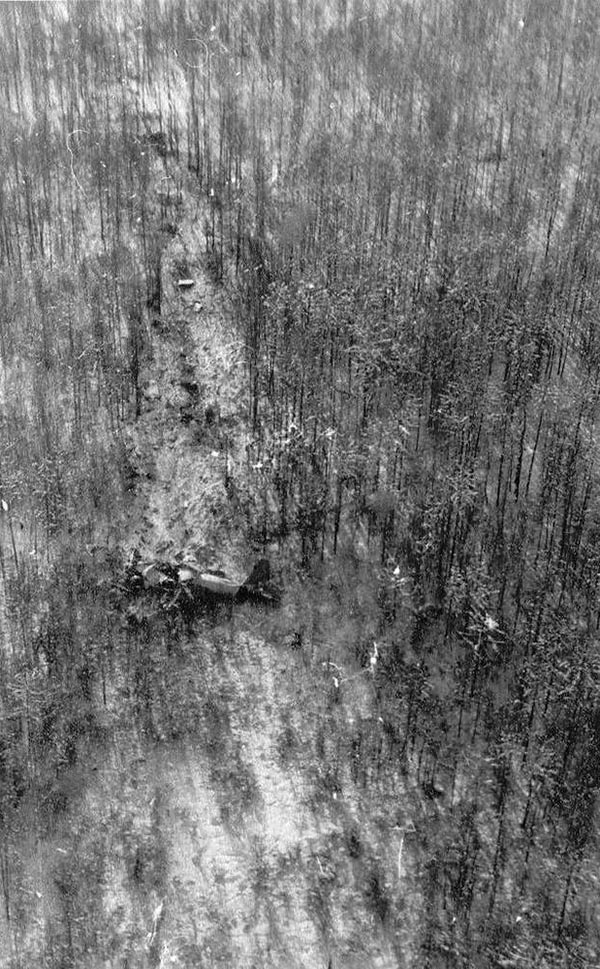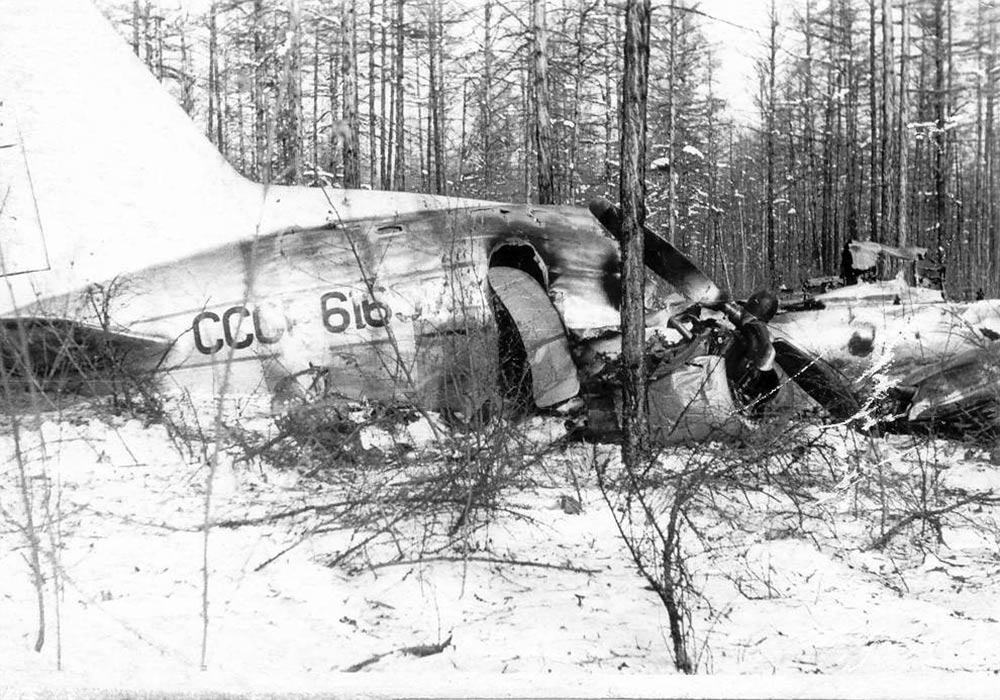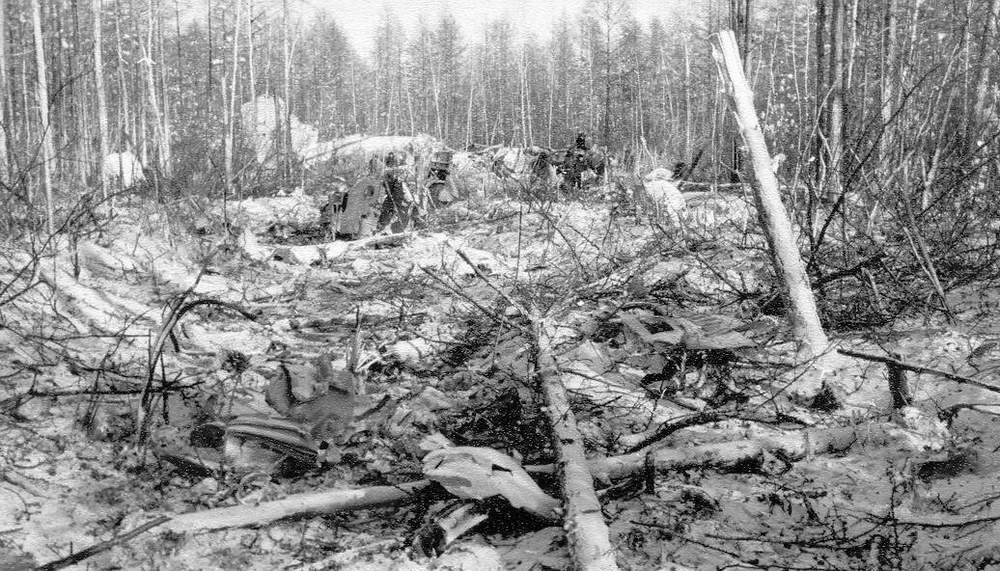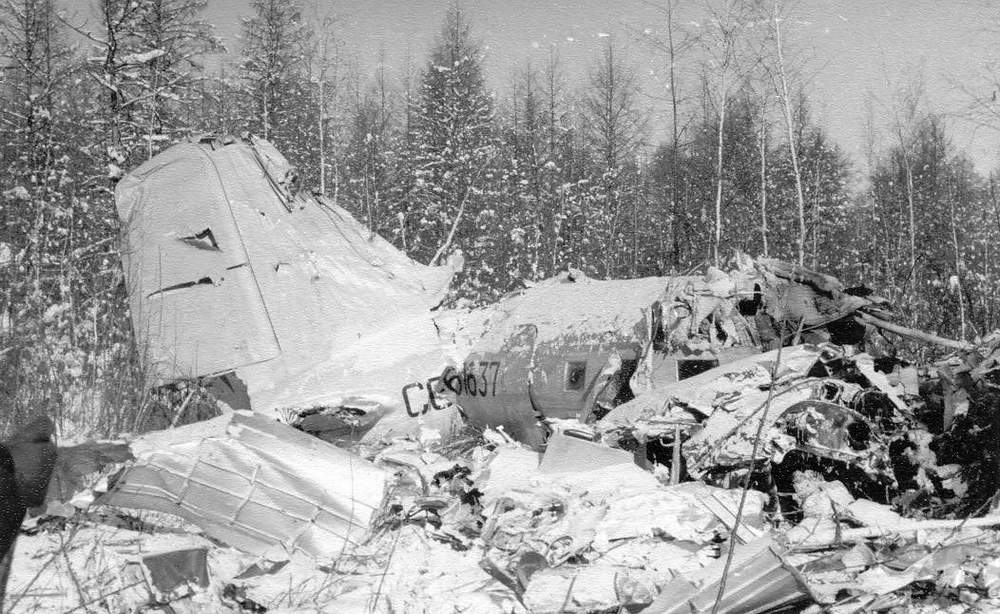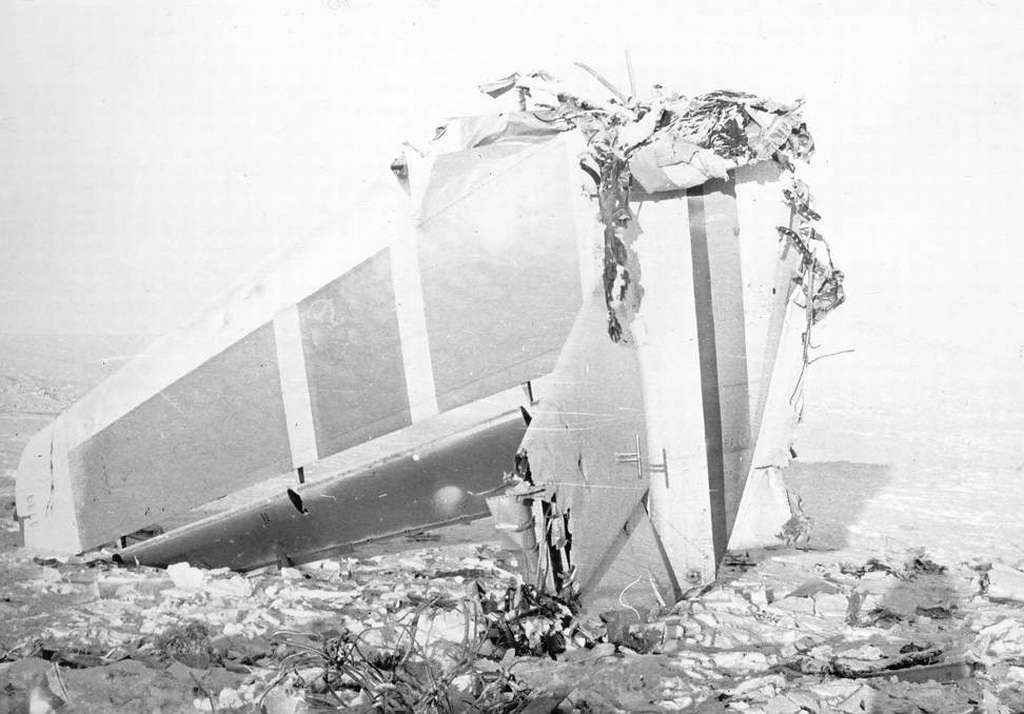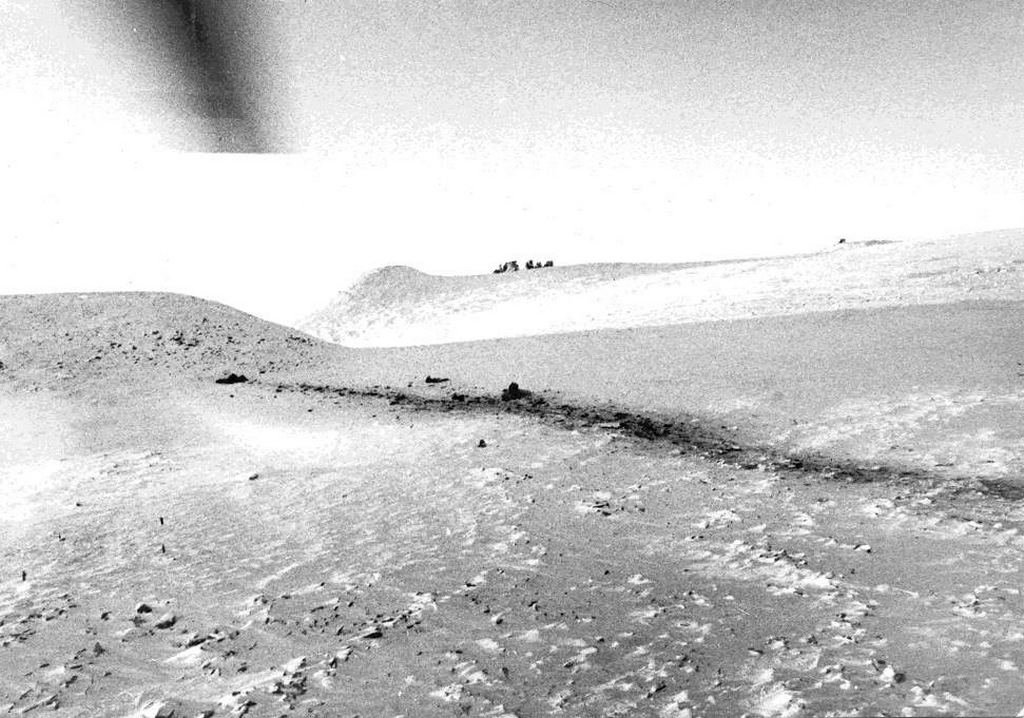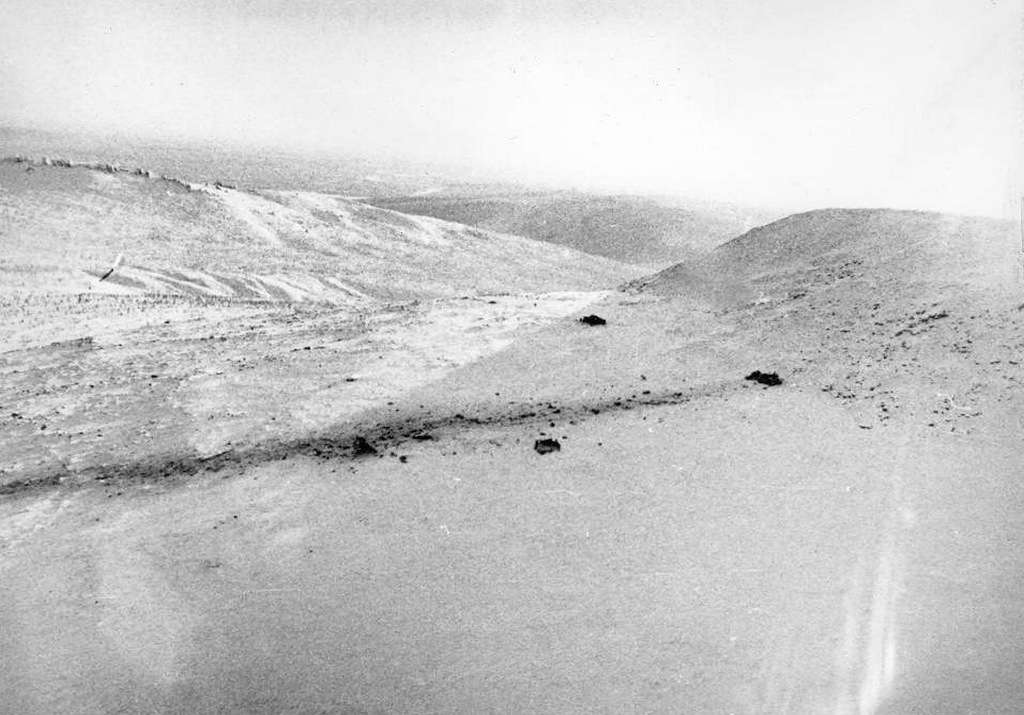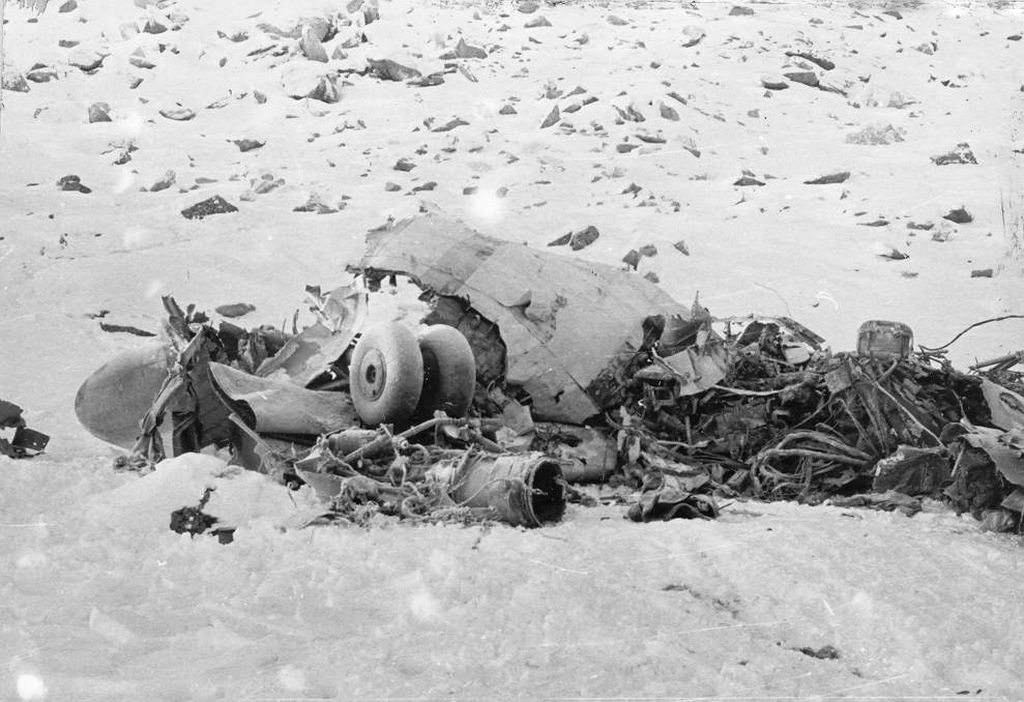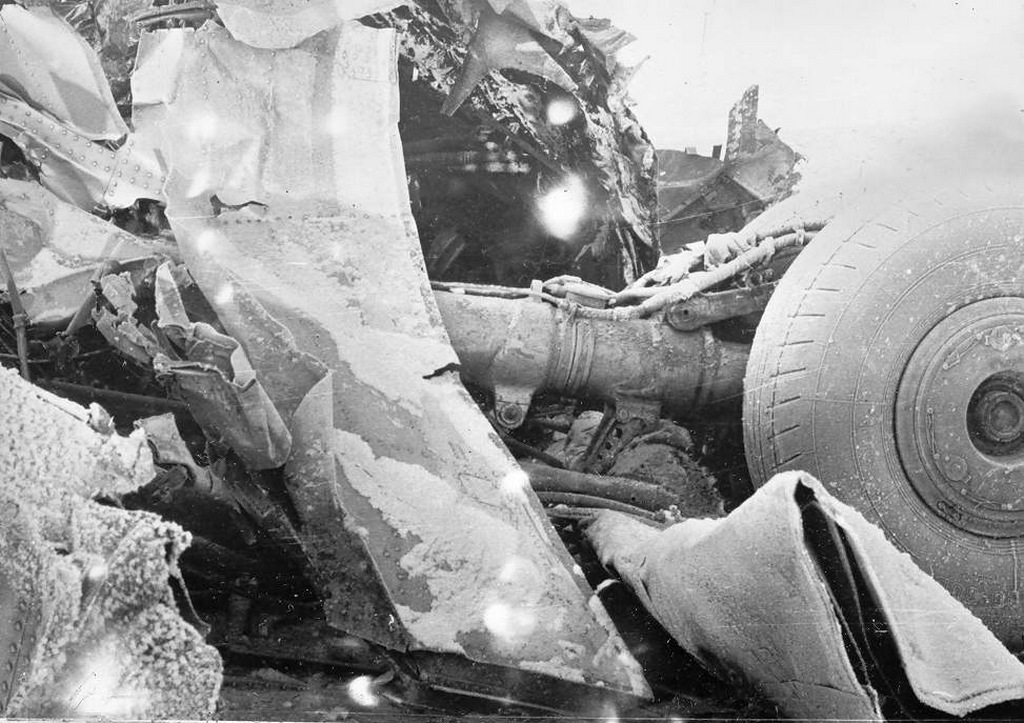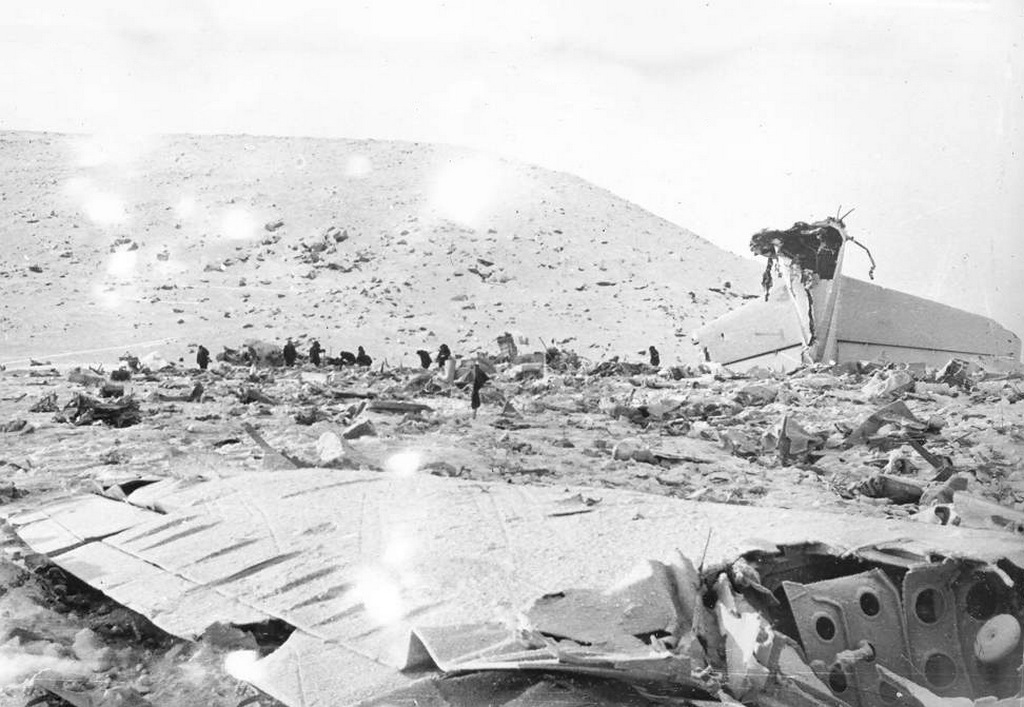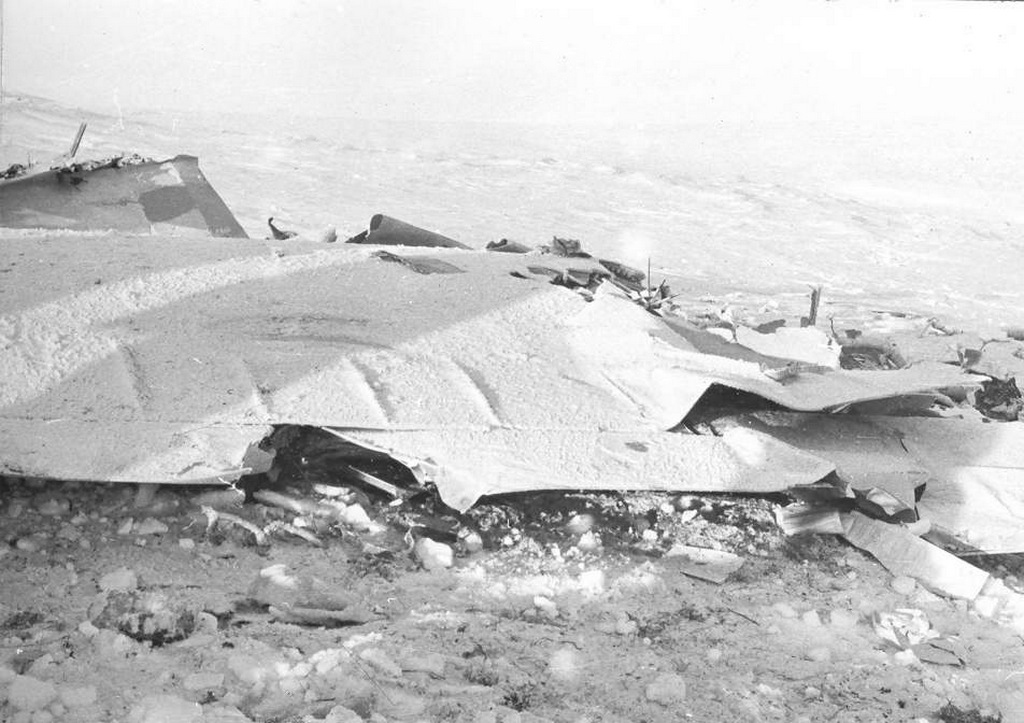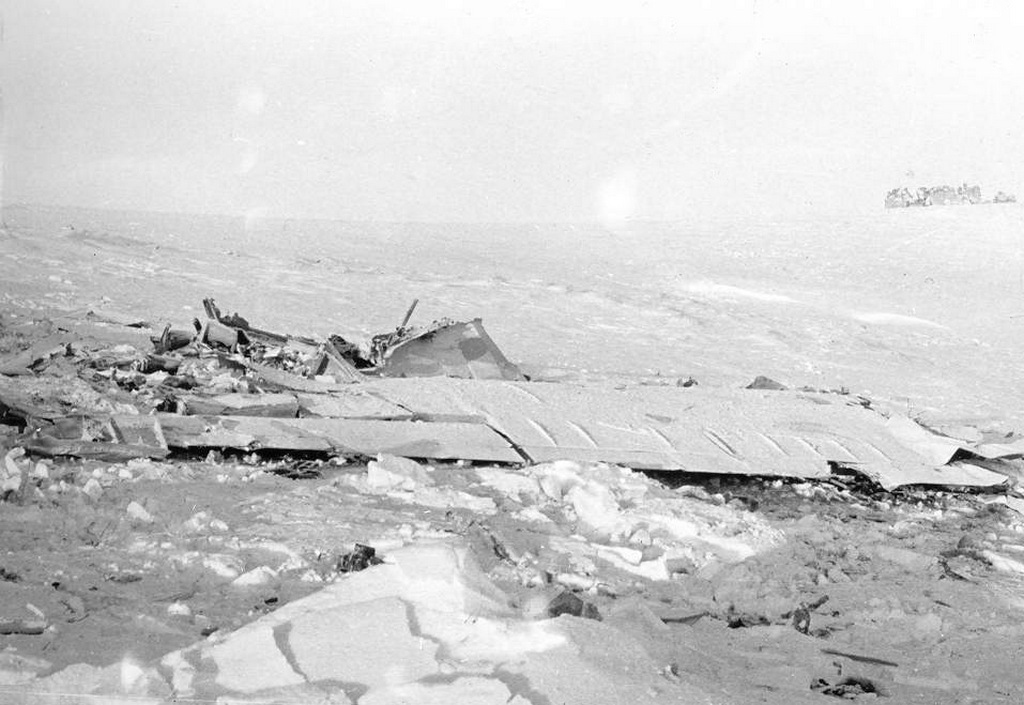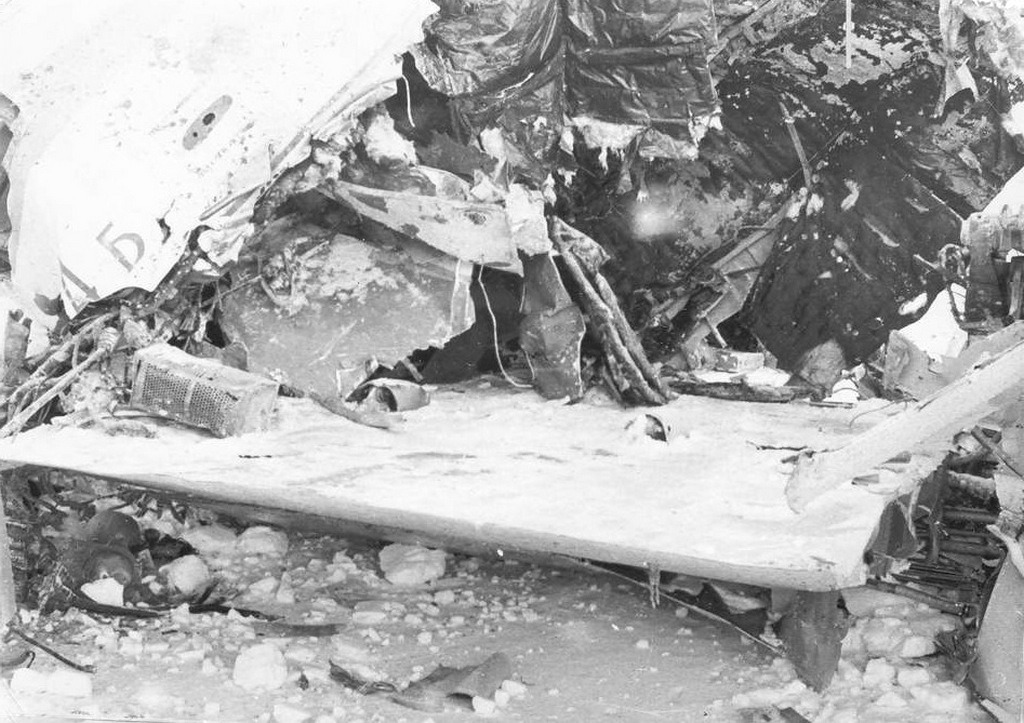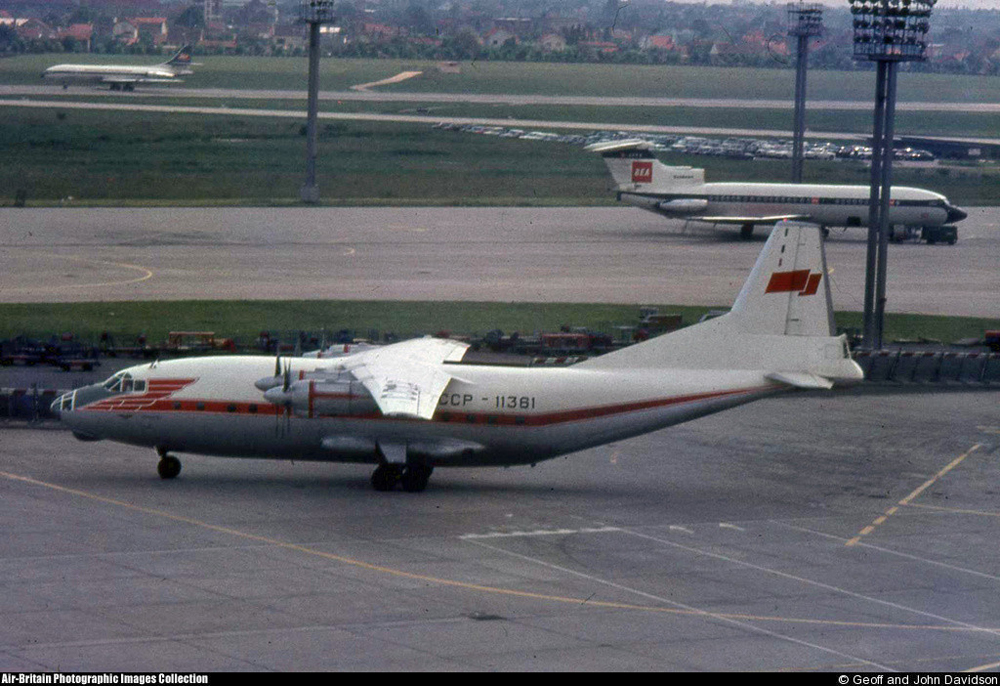Crash of an Antonov AN-12B in Beryozovo
Date & Time:
Feb 26, 1970
Registration:
CCCP-12966
Survivors:
Yes
MSN:
9 3 465 01
YOM:
1969
Crew on board:
0
Crew fatalities:
Pax on board:
0
Pax fatalities:
Other fatalities:
Total fatalities:
0
Circumstances:
Following an approach in a limited visibility due to thick fog, the airplane landed hard and came to rest. There were no casualties but the aircraft was later considered as damaged beyond repair.
Probable cause:
Misjudgement on part of the crew who failed to realize the distance with ground on final approach.


